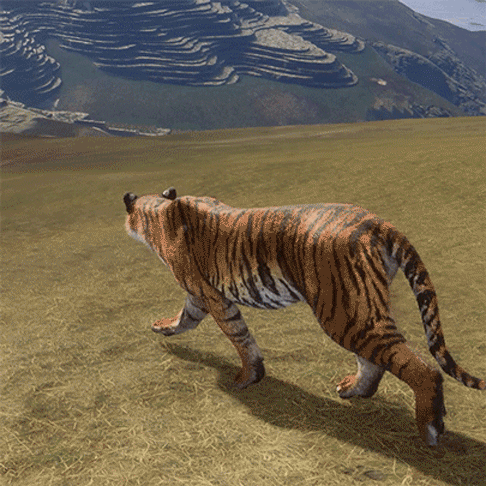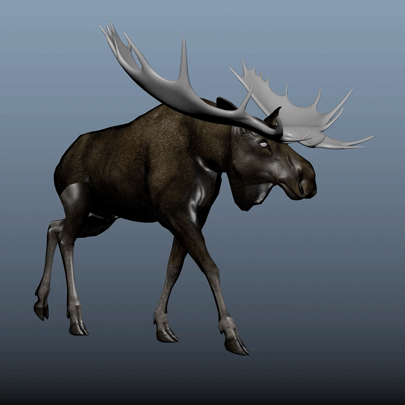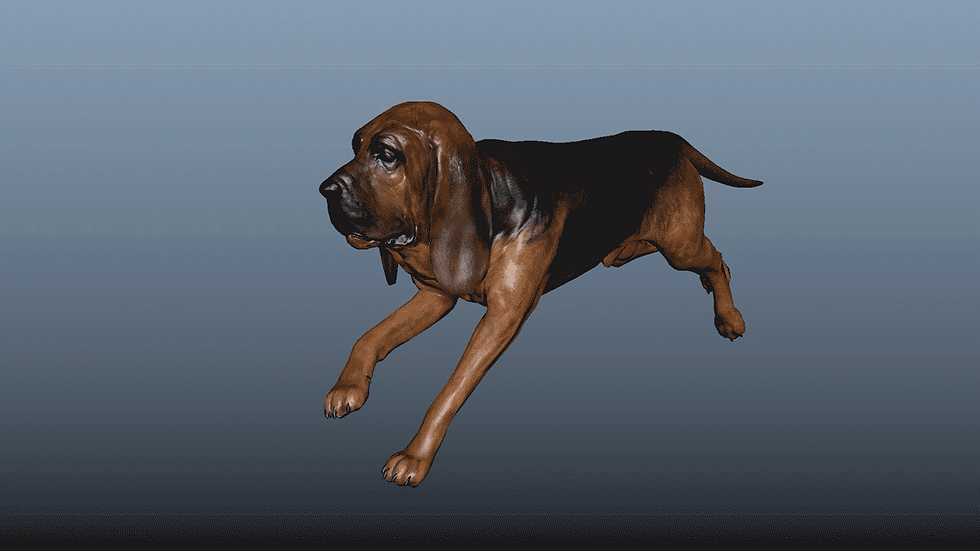The Subtle Art of the Cycle: An Animator's Greatest Teacher
- Bruno Avila Barbosa
- 22 de set.
- 2 min de leitura

One of the things that most intrigues me in animation are cycles! They are usually an animator's first lesson and an efficient tool for showcasing their skill.
I remember during my studies at Animation Mentor, the first lesson on walk cycles made a lasting impact. One of my instructors said that a walk cycle is the most basic and the most difficult exercise an animator will ever learn.
At the time, the statement didn’t fully land. Immediately after, the course provided the primary poses that compose
a walk cycle—poses that are constant every time you create one. But over time, as I animated different characters, creatures, and even abstract cycles for natural and supernatural elements, I understood the impossible task of a cycle.

A cycle must show its intention; it must be obvious and immediately recognizable. If it’s for a character, the cycle must reveal how that character is feeling—their mood, health, and intention (angry, content, in a hurry). If it’s for an element, it must show what it does simply by how it emanates (burning, evaporating, spreading, having weight or weightlessness). It must do all this while being unique, even among identical materials or characters.
It has to tell the entire story of that character, material, or manifestation in the few frames it appears, and it must accomplish all of this without being noticed as a cycle. It doesn’t sound like a simple task, does it?

The good news is that there are steps to follow. Although highly intuitive, cycles follow a logical pattern, almost like an exact science. If you follow the fundamentals, the animation eventually finishes itself; you’re just there to fill in the gaps. But it’s a constant exercise in restraining your creativity and applying your talent with balance.

I have a perfect example of this. Once, I participated in an online animation challenge where one of the tasks was to create a walk cycle for a video game character. I was excited and decided to make a drunken kung fu fighter. It wasn’t the best idea I’ve ever had. I got so carried away with the concept that I went overboard, creating a cycle that was obvious, exhausting, overly exaggerated, and barely resembled a fighter walking forward! Unsurprisingly, I didn’t last long in the challenge, but I learned an important lesson: cycles are subtext, a consequence of the character or element in question.
I researched techniques more deeply and began experimenting with more abstract cycles in my subsequent work. Finally, when I broke into the game industry, I could fully explore my potential by creating cycles for different animal species in various states, and it has become one of my favorite things to do today. From walking and injured cycles to sniffing and idle states for theHunter: Call of the Wild, it’s a practice in subtlety and storytelling, which was what got me really into doing death animations, actaully, but that’s a tale for another time.



Comentários